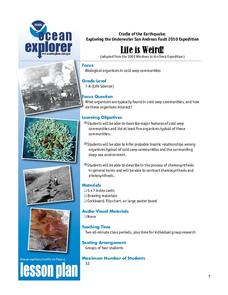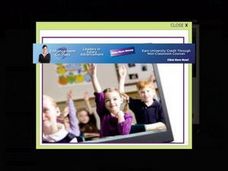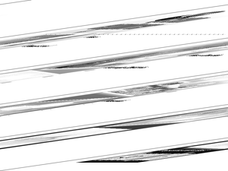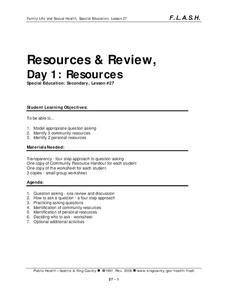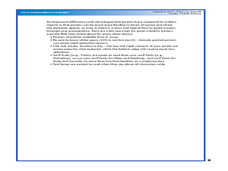Annenberg Foundation
Service Learning in the Social Studies
Active Citizenship Today (ACT) is a "unique social studies service learning program" that requires students to learn about the public policy associated with community issues they identify in their local community. This web site...
Pulitzer Center
Peacebuilding: Taking Home Lessons Learned in Africa
Learners take a closer look at one journalist's work on UN Peacebuilding efforts in four African nations: Sierra Leone, Burundi, Central African Republic, and Guinea Bissau. They collaborate to define peacebuilding and discuss...
Curated OER
2002 City of Newark Mayoral Campaign
Learners research community issues and develop a consensus of issues they think the next mayor should address and study the candidates' positions they have chosen to track.
Curated OER
Community Map
Pupils examine the relationship they have with the community and the location of the community in relationship to other communities. They practice using a map of their community and photographs to recongize the area.
Missouri Department of Elementary
Happy, Sad, Scared and Mad: All Belong To Me
"What are feelings?" and "Why are feelings important to understand?" are the essential questions of a lesson plan that boosts self-awareness. Scholars discuss the four basic emotions—happy, sad, scared, and mad—in...
Curated OER
What's the Connection?
Students explain hardground communities in the Gulf of Mexico. In this deep-sea ecosystem instructional activity, students investigate the connection between deep-sea ecosystems and petroleum deposits. They discuss the relationship...
Curated OER
Myth and Truth: The First Thanksgiving
Encourage learners to think critically about common myths regarding the Wampanoag Indians in Colonial America. They discover that behind every myth are many possible explanations—and that learning more about American history helps them...
Curated OER
Let's Hit the Slopes!
Students study benthic communities in the Gulf of Mexico and explain their roles. In this investigative lesson students participate in a group activity and study how to calculate and index of biological communities.
Curated OER
Life is Weird
Students describe features of cold seep communities and investigate five organisms that live there. In this biological organisms activity students research a given species and give an oral presentation on their results.
Curated OER
In-Group Favoritism
Students discover how to cross social boundaries. In this character education lesson, students discuss the positive and negative impacts of favortism they witness in their local community as well as the international community....
Curated OER
What is a Philanthropist?
What does a philanthropist do? Help your class explore philanthropy using character development and literacy ideas. Learners will define and give examples of philanthropy, listen to The Lion and the Mouse, discuss how the characters help...
Curated OER
Fuzzy-Feeling Chair
Students recognize positive traits and build self-esteem. In this community building lesson, students use a special chair to voice positive traits about a classmate.
Curated OER
Bringing Justice Home ~First Steps toward Community Action
Students explore activities that might some day bring "justice for all" to their communities. They assess how justice is a day-to-day, life or death matter that faces their communities. Interviews are conducted to explain how justice is...
Curated OER
Reduced Fare
Learners discover the relationship between tectonic plate boundaries and the communities of life that thrive at such boundaries. In this biology lesson, students find that methane from oxidized carbon in sediments provides nutrients for...
Curated OER
Meet the People In Your Neighborhood
First graders recognize various occupations and their roles in the community. In this communities instructional activity, 1st graders read the story I Stink and view a Powerpoint presentation of "Community Helpers." Students create a...
King Country
Lesson 27: Resources & Review - Day 1: Resources
To conclude a unit on family life and sexual health (FLASH), class members use the skills they have practiced in previous lessons to develop strategies for getting information or help when they need it.
Curated OER
Disease and Epidemics
Students explore how the study of diseases, epidemics and disease management offers opportunities for exploration of biological evolution, immune systems, interaction between humans and their environment, and interaction among organisms....
Curated OER
What's So Special?
Students study the biology and morphology of Lophelia corals. In this investigative lesson students explain how the coral contributes to communities, and create a poster.
Curated OER
Economic Concepts and Definitions
Third graders identify producers and consumers in SE Utah and Four-Corners communities. They identify the factors that determine economic development and name some occupations in their community. They show and share their graphic...
Curated OER
Workshop 6: Improving the Community
Students participate in a service learning project to improve their community. They work together to decide on a project and how to implement it. They propose solutions to problems the community is facing as well.
Curated OER
Summarizing the American Flag
Third graders brainstorm and write summary of things they learned about American Flag, edit another student's summary, rewrite their own summary, and conference with teacher before writing final copy.
Curated OER
Growing Files for Women's History
High schoolers research a woman from their local community. They use primary source documents and old newspapers to gather information. They present the information to the class.
Curated OER
Story of Self
What a great beginning-of-the-year activity! Get your class to identify their values through a three-page worksheet (included). Each speaker will craft a two-minute description that includes their story and how they can help their...
Curated OER
Patriotic Symbols of the United States
Young historians take a close look at the most famous patriotic symbols of the United States and determine what they actually stand for. Symbols such as Uncle Sam, The Statue of Liberty, The Bald Eagle, and The Liberty Bell are studied....








